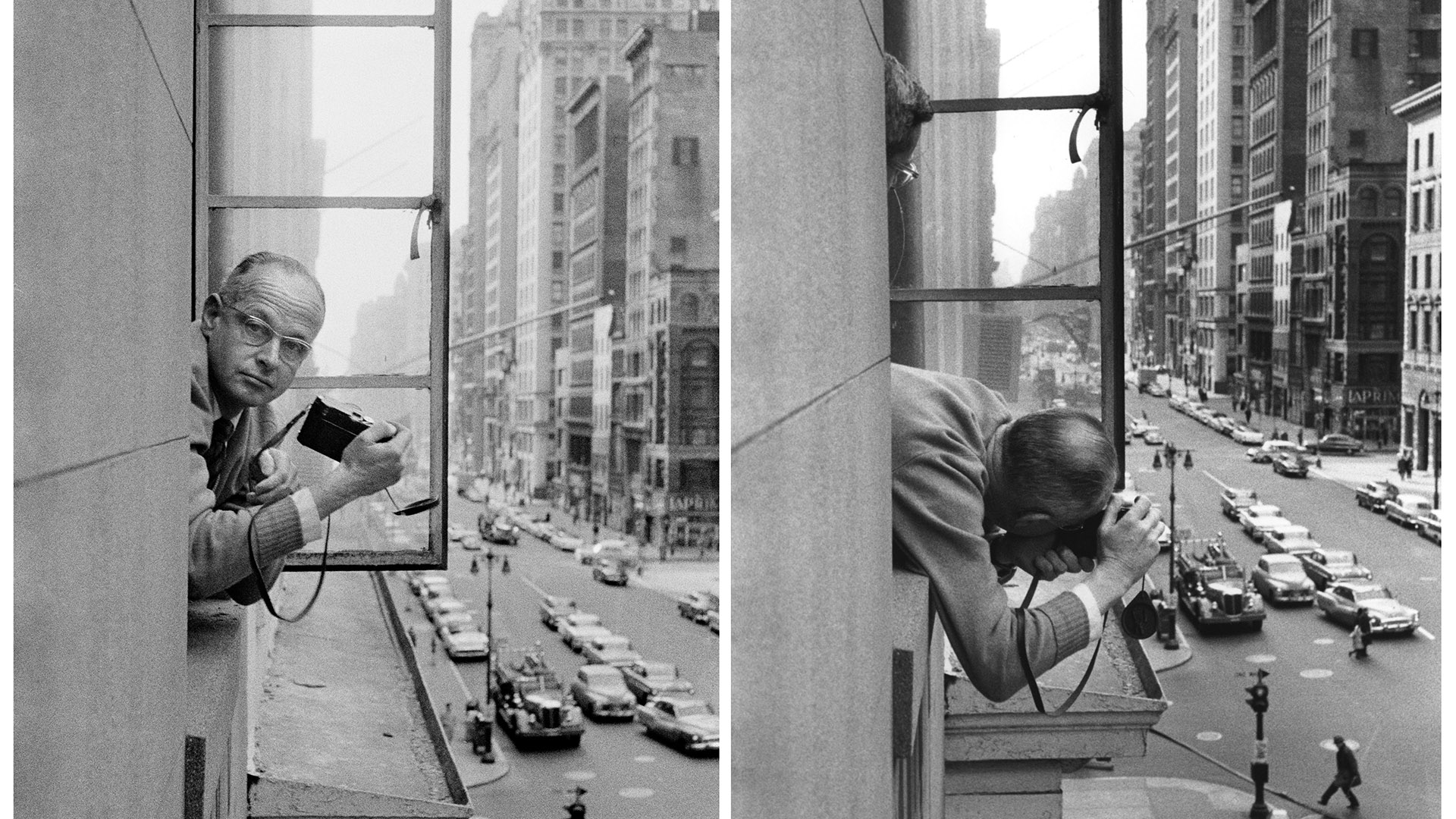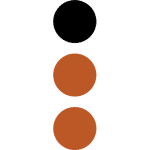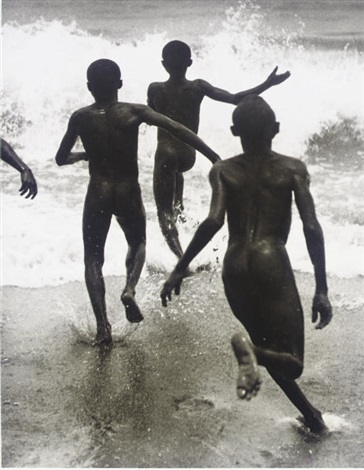raydm6
Yay! Cameras! 🙈🙉🙊┌( ಠ_ಠ)┘ [◉"]
A photographer who influenced Cartier-Bresson.
First I have heard of him. Wonderful photographs.

 www.blind-magazine.com
www.blind-magazine.com

 mastersofphotography.blogspot.com
mastersofphotography.blogspot.com

First I have heard of him. Wonderful photographs.

Best Regards, Henri Cartier-Bresson — Blind Magazine
They are the successors of Nadar, Paul Strand, Florence Henri... Their images continue to enrich the world history of photography and our own impatient eyes. Blind shares the memories of some magical encounters with these virtuosos of the camera, soloists in black & white or in color, artists...

Martin Munkácsi
Masters of Photography, Photography Masters, Photography, Photography Blog, John A. Benigno

Galleries by omoses
www.pbase.com
Last edited:




